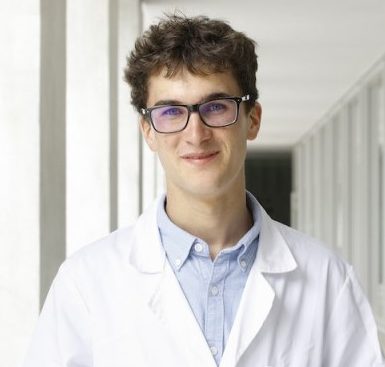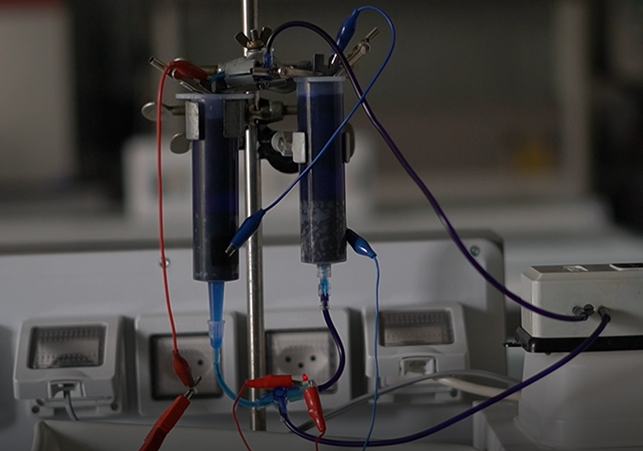heading

Hi everyone, I\’m Martino and I\’m currently a chemistry and biology student in Switzerland. I love nature and everything that is connected with sciences! In my free time I play the guitar and go hiking in the Alps.
Tell us what the water concern in your country is!Generally in Switzerland we have water with very good qualities. Despite this, global warming is causing glaciers, our country's main water supply, to melt. In addition, the increasing use of pesticides in agriculture is causing problems for the water table and aquatic fauna.
This is what I think is one of the solutions for a sustainable future:For a sustainable future, we should ensure greater use of renewable energy sources. To do this, however, it will be necessary to develop new technologies that allow us to solve the great problems that these methods of energy production still present today. For example, it will be necessary to develop systems to temporarily store the energy produced or production systems that are less invasive on the environment (think for example of the damage caused by hydroelectric plants to aquatic ecosystems).

From Spirulina to Electricity
Our work involves building a system that integrates a RedOx cell and a culture of edible cyanobacteria, so that the dioxygen released by the algae during their growth can be used to produce electricity. The cyanobacteria used is Spirulina sp., characterized by excellent nutritional values. During the photosynthetic process, they take up CO2 from the atmosphere and release dioxygen. We used the produced dioxygen to regenerate the catholyte of a hybrid RedOx flow cell using zinc and methylene blue, materials with low toxicity. With a 2L culture of algae it was possible to produce 160 mL of dioxygen in 24 hours, which was enough to recharge the catholyte to power a LED (320 Ω) during 3 hours and 40 minutes.

